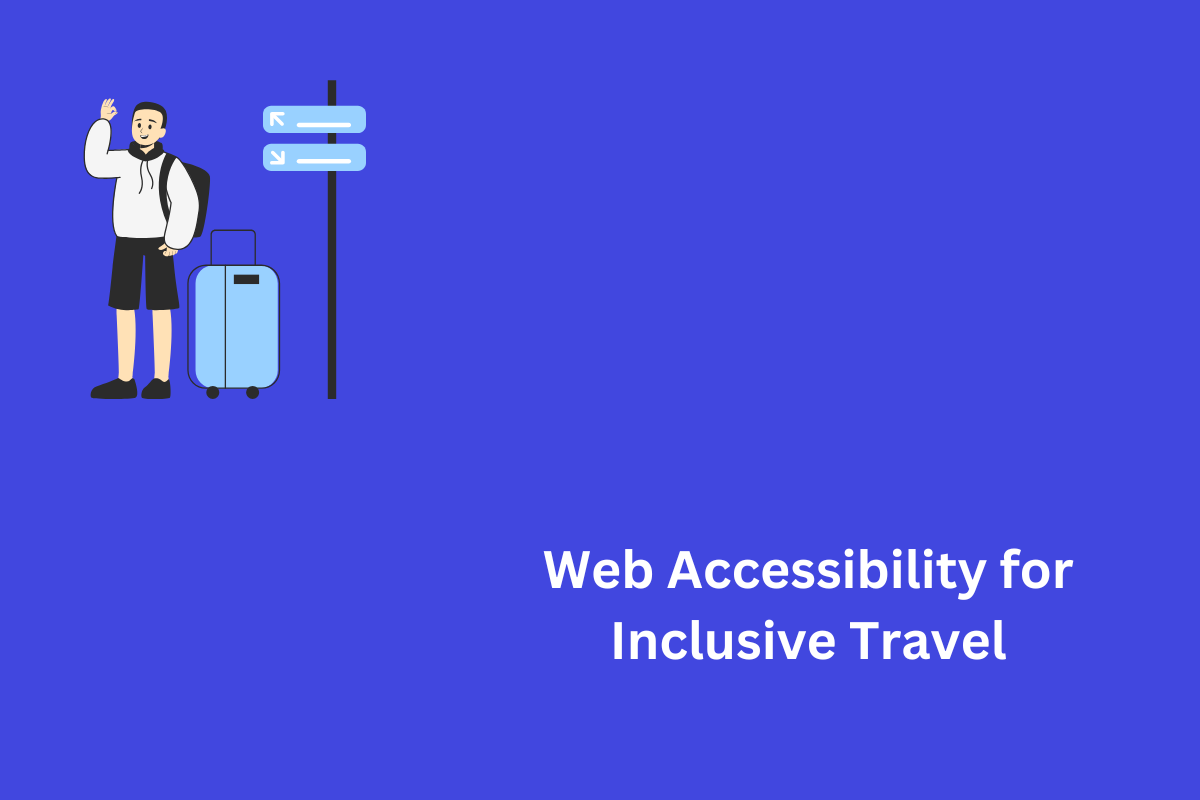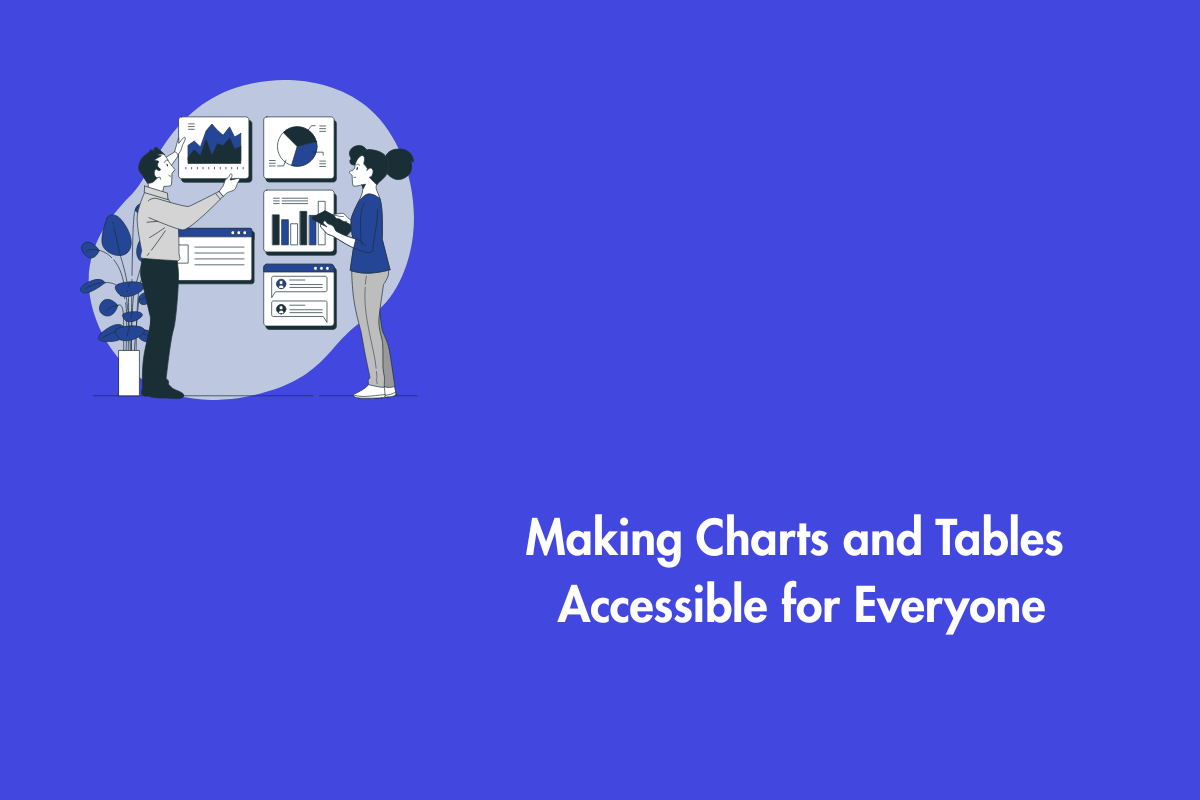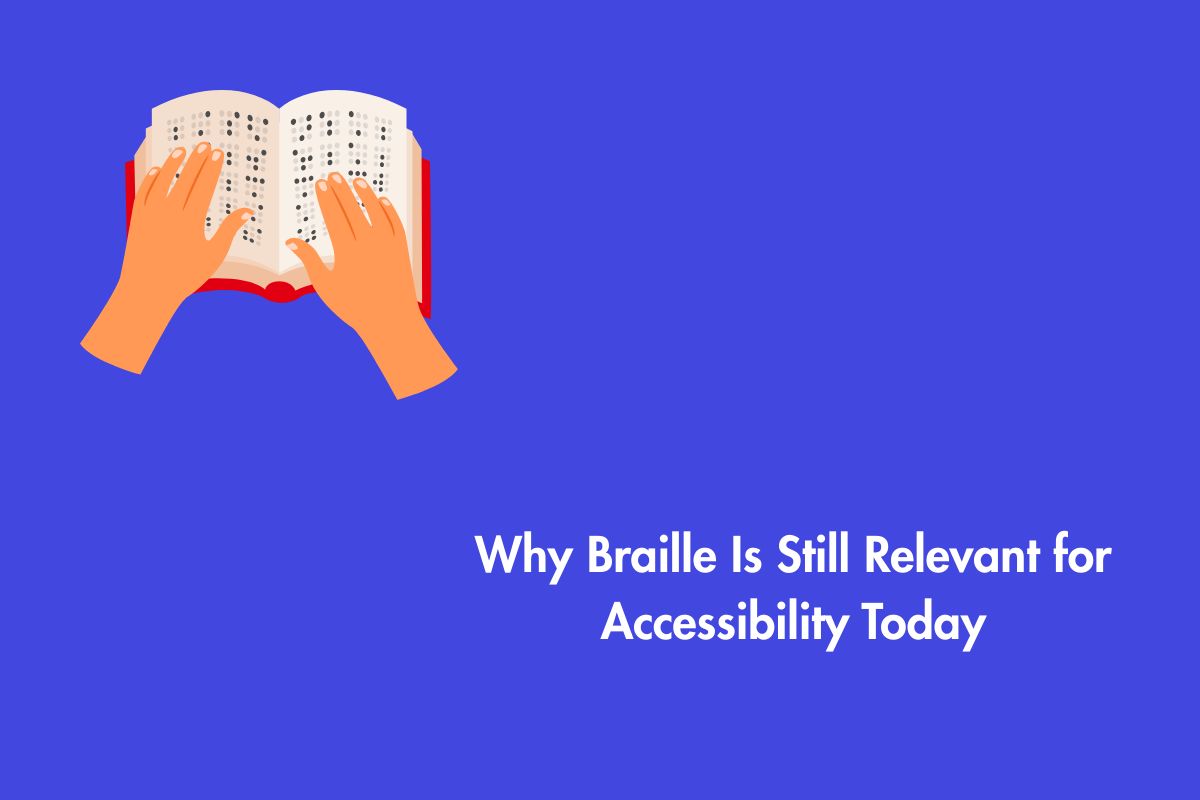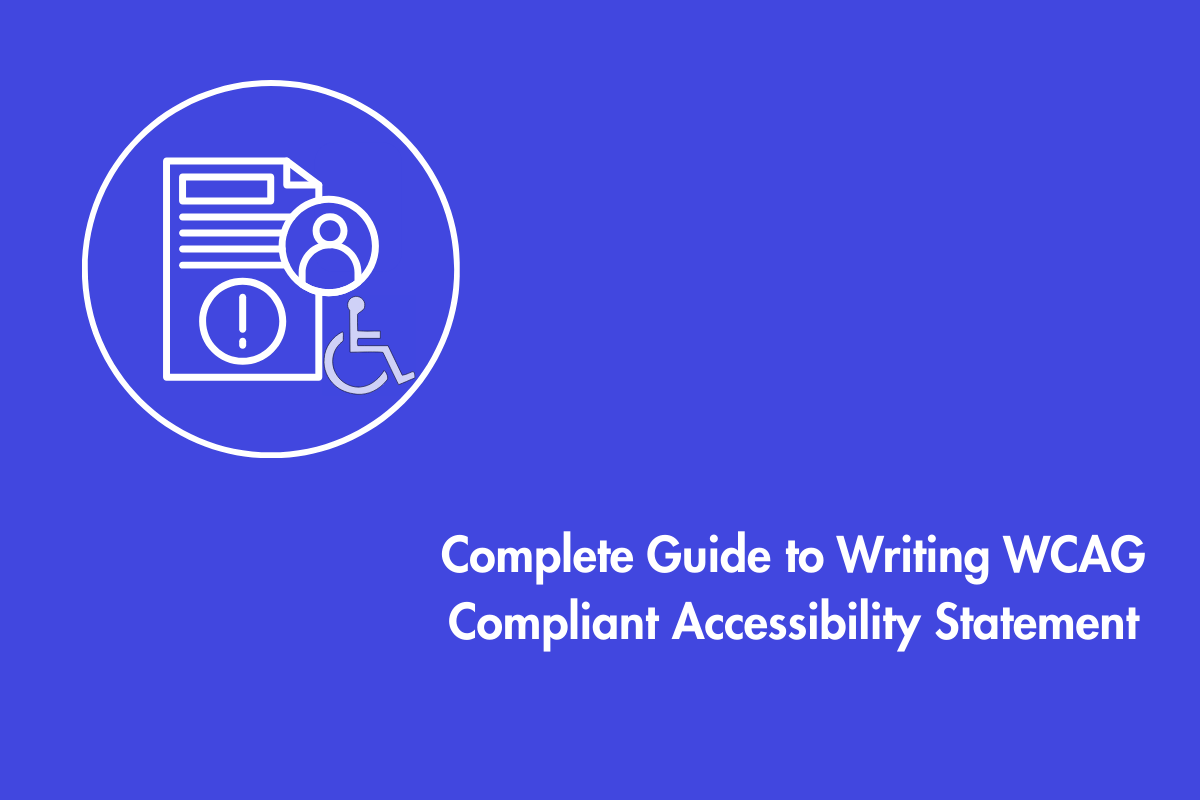Imagine Christine, a dedicated teacher with dyslexia, planning a museum trip for her students. She visits a tourism website, only to be met with poor colour contrast and text that is difficult to read. The disorganised layout creates a distracting “river effect” of white space, making it nearly impossible for her to focus. Frustrated and excluded, she gives up and leaves the site. Then there’s Havier, a non-native English speaker, who struggles to book trips because the contact forms lack clear labels or instructions. Without accessible design, simple tasks become barriers. What if we told you that these aren’t isolated incidents, they happen often. For 1.3 billion people with disabilities worldwide, such digital barriers slam shut the doors to travel before the journey even begins. In this blog, we will explore the relationship between travel and web accessibility, the challenges faced by tourism, and other related topics.
Table of Contents
Relationship between Travel Planning and Web Accessibility
Travel is a multi-stage journey, and for people with disabilities, seamless digital interactions are important to be accessible in the real world. According to the Userway website, 83% of American adults prefer to book online, 94% information about accessibility, and 70% research trips on their smartphones, which means that websites must be mobile-friendly.
Hotel bookings, flight tickets, day trips, dinner reservations, nearly every part of vacation planning now happens on a screen. Even reading a menu often requires scanning a QR code.
Accessibility Challenges for Travel Websites
Despite growing awareness around digital accessibility, many travel websites still fall short when it comes to inclusive design. For people with disabilities, poor online experiences can mean the difference between planning a dream trip and being excluded from it entirely. Here are some of the most common accessibility challenges still found on travel websites today:
1. Lack of Proper Website Structure
Cluttered layouts and complex navigation can overwhelm users with cognitive disabilities. The Monarto Safari Park website is a great example with its accessibility-focused design. It organizes content into different sections and offers detailed information about accessibility features such as service animal policies, mobility-friendly areas, and parking accommodations.
2. Inaccessible booking forms
If reservation forms lack proper labeling, are difficult to fill out on different devices, or fail to show clear error messages, users may not be able to complete their bookings.
3. Poor color contrast and font choices
Visually impaired people often struggle with text that doesn’t stand out from its background or fonts that are difficult to read. Websites should follow the WCAG (Web Content Accessibility Guidelines) standards to ensure their content is perceivable and readable for all users.
4. Limited support for assistive technologies
Travel websites that do not function well with screen readers, lack alternative text for images, or fail to support people with voice recognition or keyboard support exclude people who rely on these tools.
5. Lack of testing for accessibility
Without regular accessibility audits and user testing, websites can remain difficult to use for people with disabilities. This leads to businesses moving away from resolving accessibility issues.
Best Practices to Improve Accessibility
Whether you’re designing a booking platform, a tourism site, or a destination hub, these actionable strategies can help you make digital travel more accessible for everyone.
Foundational Fixes (WCAG 2.1 AA)
Start with the basics. These core practices make your site usable for people with a wide range of disabilities:
- Alt text mastery: Describe images contextually.
Example: Instead of: “cabana”
Use: “Beachfront cabana with ramp access at Sunset Resort”
- Keyboard navigation: Ensure all functions (menus, forms) work without a mouse.
- Color contrast ratios: Maintain a minimum contrast ratio of 4.5:1 for text and background.
- Heading structure: Use nested heading tags (H1, H2, H3) to guide sthe creen reader.
Advanced Inclusion Tools
Modern technology can enable inclusivity beyond the basics.
- Embedded toolbars: Tools like Recite Me offer on-page font resizing, color adjustments, and text-to-speech functionality.
- Multilingual support: Translate essential content into the primary languages of top visitors.
- Video captions/transcripts: Provide closed captions and written transcripts for all videos to support deaf and hard-of-hearing users.
Cultural Shifts
These few practices can make a world of difference.
- Involve disabled travelers in UX testing early on and often.
- Audit continuously: Continuously use free tools like WAVE, axe DevTools, or Recite Me’s accessibility scanner to find and fix barriers.
- Prioritize progress: Fix high-impact areas like booking forms, navigation menus, and checkout processes before aesthetic upgrades.
- Some companies offer 24/7 phone support for users who need help navigating their websites. In an age dominated by chatbots and automated menus, the simple act of reaching a real, empathetic human voice can be impactful, especially when it comes to making travel more accessible for everyone.
Case studies to understand the real-world impact
Here are some travel and tourism websites that have empowered their websites with accessibility:
- Global Ballooning Australia: They designed a hot air balloon basket for people with disabilities. Their website features a dedicated page that details their inclusive offerings.
- Pivotal Accessibility: This Canadian travel company improved digital accessibility by using the Web Content Accessibility Guidelines (WCAG).
- Yarraman Caravan Park and Cabins: Their website includes a comprehensive accessibility page, complete with detailed descriptions, measurements, and photos of accessible features and amenities. The detailed descriptions make planning easier.
Websites for Accessible Travel Planning
- Wheel the World: A global booking platform for accessible hotels, tours, and activities. It offers detailed info like door widths and roll-in showers, with filters for different mobility needs.
- Sage Traveling: Specializes in wheelchair-accessible travel in Europe. They create custom, access-focused itineraries and offer wheelchair rentals.
- AccessAble: A UK-based directory with in-depth accessibility guides for hotels, restaurants, and public places covering details like lift sizes, bathroom layouts, and hearing loops.
Conclusion
Websites are very important to the travel industry, so they need to be easy to use. Accessible websites are automatically user-friendly; therefore, it is even more essential for organizations to integrate them into their websites.
Here are some common digital accessibility issues with travel and tourism websites:
- Messy layouts
- Booking forms that are hard to find
- Insufficient color contrast
- No support for assistive technologies
- Failing to conduct accessibility audits periodically
To improve your travel website’s inclusivity, avoid making fundamental accessibility mistakes such as missing alt text, no support for keyboard navigation, etc. Use the plethora of free online tools available to audit your website, such as AEL Accessibility Checker. Audit your site frequently and train your team in accessibility by partnering with accessibility experts. After all, do you want your wanderlust customers to have a bad experience while touring your website?



